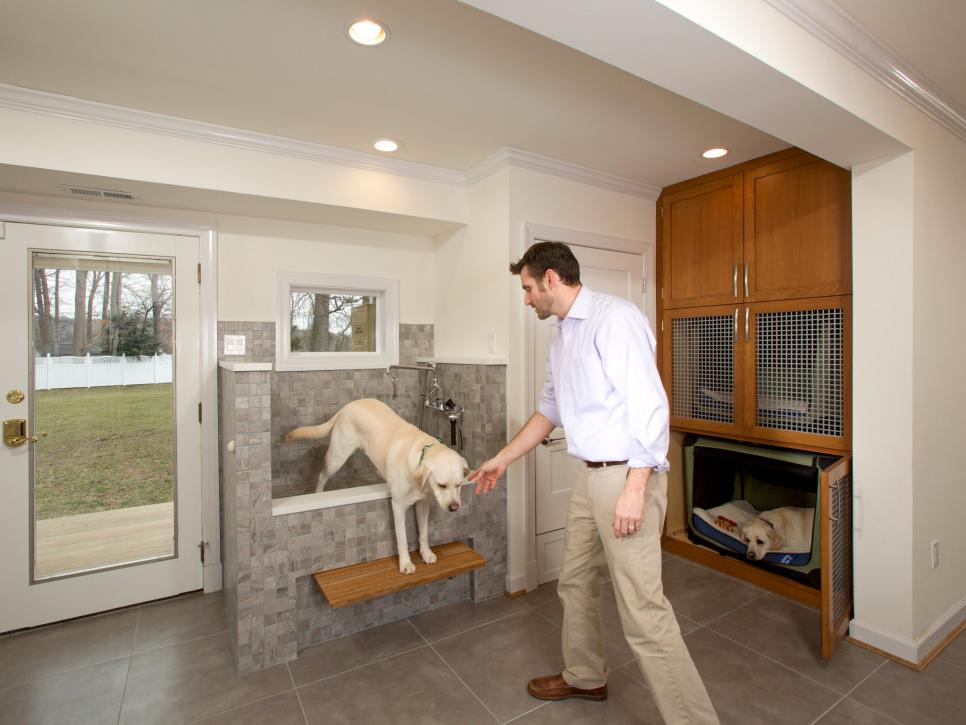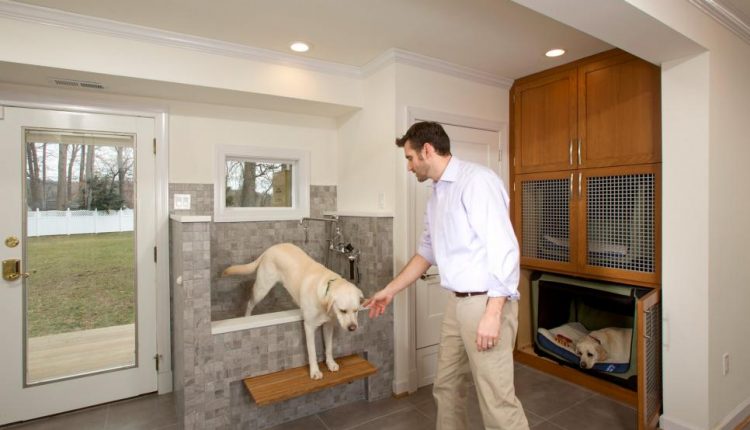How to Make Your Home Dog Friendly

Tips for Keeping Fido Safe and Happy
So, you’re welcoming a new dog to your family! Congratulations! We’re sure you’ve spent lots of time researching what it takes to raise a dog – but if you’re a first-time pet owner, you might not know a few of the top ways to help your dog settle into your home.
A lot of knowledge about dog ownership comes with experience – so we’re sharing our favorite tips to make your home dog-friendly for your new pet.
Put Your Dog’s Crate in a Quiet Place
Crate training your dog gives your furry friend a safe space to rest. Before beginning crate training, find a convenient place in your home for the crate to go. Ideally, this isn’t a high-traffic, noisy area, with family members constantly traipsing through.
Dogs are den animals, so a cozy corner for a crate is just perfect for them. During puppyhood, it’s important for the crate to be empty, except for potentially a favorite toy, to help with potty training. As your dog gets older, you can add a cushion or blanket for snuggling.
Secure Foods Your Dog Shouldn’t Have
There’s quite a lengthy list of foods your dog should never consume, including some that may surprise you! Cooked chicken bones, grapes, onions, dark chocolate, and others should always be kept out of reach.
If your dog is a counter-surfer or has been known to get into the pantry, your best bet is to keep these foods far away and secured: in the refrigerator, inside a sealed container, or placed on the highest possible shelf.
If your dog gets into these foods, you’ll be glad you have dog health insurance when you visit the emergency vet for swift medical care.
Offer Plenty of Toys in a Variety of Textures
Puppies especially love to chew. Even as dogs age, they still feel compelled to chew, too. You’ll eventually figure out your dog’s favorites, but as they’re learning what’s for them and what’s off-limits, be sure to provide them with a variety of toys they’re allowed to gnaw to their heart’s content.
Indestructible rubber toys, stuffed toys, nibbed bone-shaped chews, and more provide an outlet for destructive urges. Just be sure to monitor your puppy as they play, and take away any toys they attempt to eat or destroy.
Provide Access to Lots of Fresh Water
Your dog should drink an ounce of water per pound of body weight every day. For example, if your dog weighs 50 pounds, it should drink 6.25 cups of water. That’s a pretty big water bowl! And if you have multiple dogs, you’ll need to keep even more water available to your pack.
Some dog parents prefer to use large stainless steel bowls that they refill once or twice a day. But if you have a large dog or multiple dogs, an automatic water that holds more than a gallon of water will help keep your pets hydrated.
Contain Cables and Cords
Electrical cables for your tech equipment are tempting. The rubberized exterior is chewy, and the whole thing wiggles! That looks like a lot of fun for a dog.
Tuck and hide away your cables so your pet can’t access them, and consider applying a no-chew spray, like bitter cherry, to deter unwanted play.
If your new puppy is still finding cables and cords irresistible, quickly and happily redirect them with a toy or activity when they go for the prohibited item. The same goes for shoes, perhaps the most tempting chewing opportunity of them all!
Add Rugs to Slick Floors
Got slick hardwood or vinyl floors? Then you’ve probably seen your pup slide as they move about, especially if they’re excited when they hear a magic word, like “walk” or “outside.”
Slick floors can cause nagging injuries, like pulled muscles, but in developing puppies and senior dogs, they’re especially dangerous, and can lead to tendon tears and more. If that happens, you’d better have the best pet health insurance to help pay for surgery and vet bills.
Stop the slide by adding throw rugs or area rugs to highly-trafficked areas of your home to provide traction for your dog.
Talk to Your Vet, Rescue, or Breeder
Need more tips for preparing your home? Ask your veterinarian, or the rescue or breeder your dog came from. They often have great ideas for helping your new dog transition to life as part of your family.
Congratulations on your new furry friend!


Comments are closed.